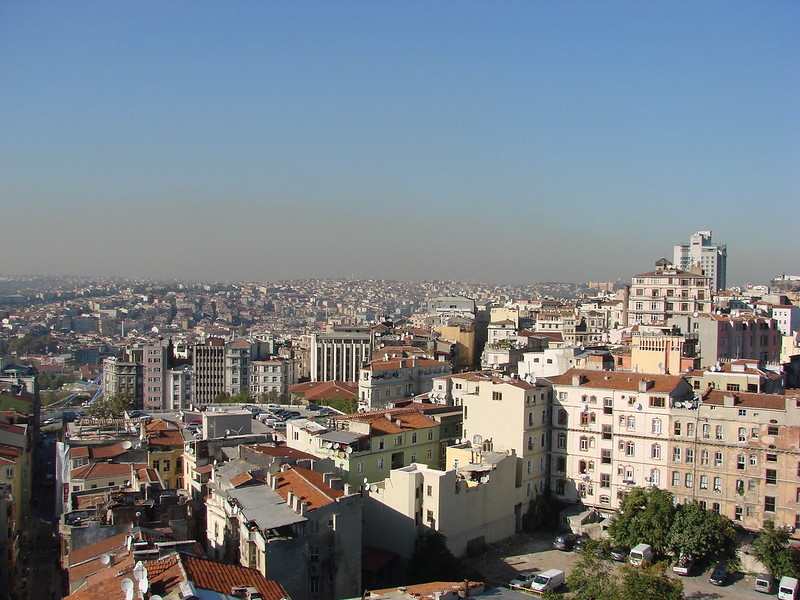
- Close
23/02/2021 | Global
Scenario Earthquakes in Development Decision Making

The choice of scenario hazard events is a great challenge for many hazards and risk problems. In Tomorrow’s Cities, scenarios will be a critical part of our approach to exposing and understanding risk so it is an important area for us to consider.
Whereas extensive hazards like floods and small landslides happen frequently so the selection of scenarios is better informed by well recorded data, large earthquakes typically have nominal return periods of hundreds or even thousands of years. The selection of useful scenario earthquakes are critically important in Tomorrow’s Cities but poses a persistently difficult challenge for applied earthquake science.
John McCloskey, the Hub PI, is an earthquake scientist who has worked on the problem of earthquake recurrence for much of his career. The triggering of large earthquakes by tiny stress changes, the complexity of observed earthquake ruptures and the profound differences between successive earthquakes on the same fault, all indicate a strongly nonlinear process. Here, John argues that this nonlinearity means that even the most carefully selected scenario earthquakes is extremely unlikely to resemble the next damaging earthquake that will be experienced in any target area. The implications of this are amplified when cascading hazards complicate the impact pathway.
In a new Tomorrow’s Cities article he provides a perspective on the choice of appropriate scenarios and how these challenges constrain the use to which scenarios might be put in the Hub. He concludes that illustrative scenario events, even though they will never happen, can facilitate a co-productive, multi-disciplinary process in which scientists can help expose the consequences of today’s decisions on tomorrow’s risk. This process provides a more nuanced, but not less important, role for earthquake scientists in supporting planning decisions.
Click here to read the Scenario Earthquakes in Development Decision Making article
Photo credit: watchsmart


